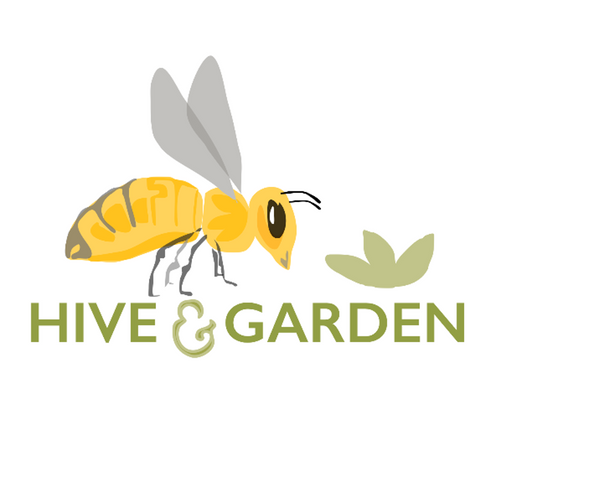Mason Bee Cocoon Tips
Share
Pointers on storage and management of mason bees and cocoons.
1. Store the cocoons at 35-38 degrees F. and 60-70% humidity. A fridge is usually in the 35-38 degree range but might be a bit too dry. You can increase its moisture by placing a moist cloth in the compartment near the cocoons but not touching the box of cocoons. If the humidity is too high, you might see a web-like mold growing on the cocoons. Generally, the cocoons can survive this, but it is a sign the humidity is too high and you should remediate immediately.
2. We ship cocoons in a small cardboard box. To prepare for releasing the cocoons, poke a hole about the size of a pencil diameter through the lid of the box so the emerging bees can escape the box to start flying. (Remove one or both flaps underneath the main flap). To release the cocoons for pollination, insert the cardboard box (with hole in lid as described above) into the attic of your mason-bee house, above the tubes or nesting block. Wedge the box in the attic so it is not blown out in strong wind. If the house has no attic, place the box of cocoons as close as possible to the nesting block or tubes while ensuring the box is not exposed to rain.
3. Depending on average temperature and time of year, the bees might emerge immediately or take weeks before emerging. The males emerge first, and wait for the females at the front of the nest, and mate with them when they emerge. Then the females will start foraging in earnest and return to the nest to start making cocoons.
The returning bees will much prefer the nesting block or tubes rather than the cardboard box, so the cardboard box will empty out once the bees emerge. You can then remove it.
4. To improve your mason bee survival and reproduction rate, plant plenty of wildflowers, make sure a there is a water source nearby, and make sure the nest is protected on the sides and back from parasitic wasps. These wasps will drill holes into the cocoons and kill them.
5. Installing Mason Bee Tubes and Reeds: We like to bundle the starter liners with tubes or reeds with rubber bands, making sure that all the holes are facing the same direction. We install the bundle as far back into the nest as possible and then add more tubes or reeds or necessary to pack them in tightly. If they are not in tight, they might slip out or get pulled out by birds or squirrels. Always keep the mason bee nest in a place protected from wet weather. Mason bees hate wet or moldy nests.
